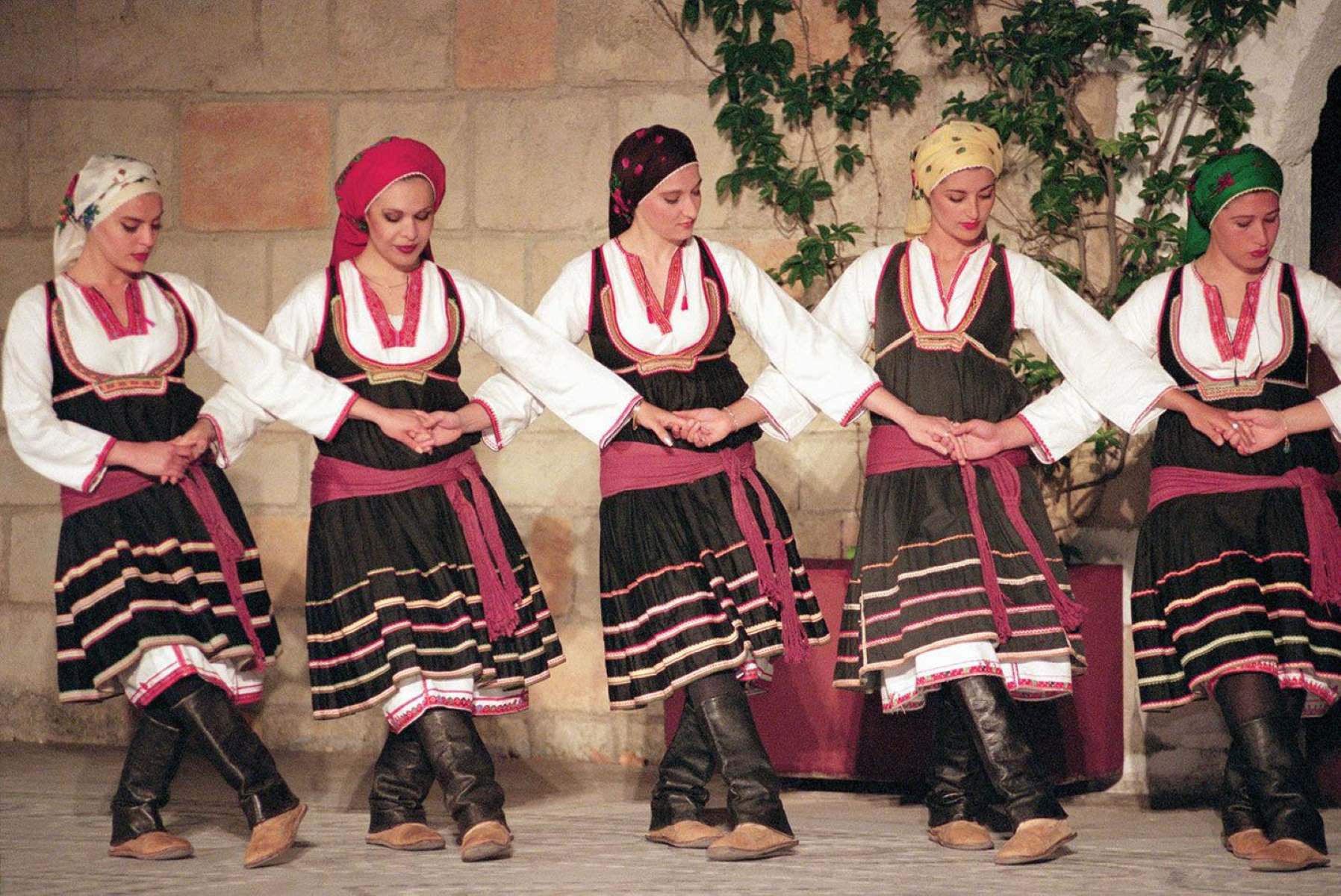The Fascinating Evolution Of The Greek Fustanella

Have you ever wondered about the story behind the Greek fustanella? This traditional garment, often associated with Greek warriors and national pride, has a rich history that spans centuries. Originating in the mountainous regions of Greece, the fustanella was initially worn by shepherds and soldiers. Its distinctive pleats and white fabric symbolize purity and freedom. Over time, it became a symbol of resistance during the Ottoman occupation and later, a national costume. Today, the fustanella is worn during national celebrations and by the Presidential Guard in Athens. Join us as we delve into the captivating journey of this iconic attire.
The Origins of the Greek Fustanella
The Greek fustanella is more than just a piece of clothing; it's a symbol of national pride and history. This traditional skirt-like garment has roots that stretch back centuries. Let's explore its fascinating journey.
Ancient Beginnings: The fustanella's origins can be traced to ancient Greece, where similar garments were worn by warriors and soldiers. These early versions were practical for battle, allowing freedom of movement.
Byzantine Influence: During the Byzantine era, the fustanella evolved. It became more elaborate, reflecting the opulence of the time. The garment started to symbolize status and power.
Ottoman Era Adaptations: Under Ottoman rule, the fustanella saw further changes. It was adopted by the klephts and armatoloi, Greek guerrilla fighters who resisted Ottoman control. Their version was shorter and more functional for combat.
The Fustanella in the Greek War of Independence
The Greek War of Independence (1821-1830) was a pivotal moment for the fustanella. It became a symbol of resistance and freedom, worn proudly by those fighting for Greece's liberation.
Klephts and Armatoloi: These fighters wore the fustanella as a badge of honor. Its distinctive pleats and white color became synonymous with their bravery and determination.
Heroes of the Revolution: Many iconic figures from the war, such as Theodoros Kolokotronis and Georgios Karaiskakis, donned the fustanella. Their images in this attire are etched in Greek history.
The Fustanella in Modern Greece
Today, the fustanella remains a significant part of Greek culture. It is worn during national celebrations, military parades, and by the Presidential Guard, known as the Evzones.
The Evzones: This elite ceremonial unit of the Greek army wears the fustanella as part of their traditional uniform. Their precise movements and striking attire draw admiration from locals and tourists alike.
Cultural Festivals: During events like Greek Independence Day and Ohi Day, the fustanella is proudly displayed. It serves as a reminder of the nation's rich history and enduring spirit.
Folk Dances: In traditional Greek dances, the fustanella adds flair and authenticity. Dancers twirl and leap, showcasing the garment's beauty and versatility.
The Craftsmanship Behind the Fustanella
Creating a fustanella is an art form. Each piece is meticulously crafted, with attention to detail and respect for tradition.
Handmade Pleats: The fustanella's pleats are a defining feature. Each pleat is carefully folded and sewn by hand, a process that can take weeks to complete.
Quality Materials: Traditionally, the fustanella is made from wool or cotton. These materials ensure durability and comfort, essential for both ceremonial and everyday wear.
Embroidered Details: Many fustanellas feature intricate embroidery. These designs often include symbols of Greek heritage, adding a personal touch to each garment.
The Fustanella's Global Influence
The fustanella has not only left its mark on Greek culture but has also influenced fashion and traditions worldwide.
Balkan Variations: Similar garments can be found in other Balkan countries, such as Albania and North Macedonia. Each region has its unique take on the fustanella, reflecting local customs and history.
Fashion Inspiration: Designers around the world have drawn inspiration from the fustanella. Its pleats and structure have appeared in modern fashion collections, blending tradition with contemporary style.
Cultural Exchange: Through festivals and cultural exchanges, the fustanella has been introduced to global audiences. Its story continues to inspire and fascinate people from different backgrounds.
The Legacy of the Greek Fustanella
The Greek fustanella isn't just a piece of clothing. It's a symbol of national pride and cultural heritage. Originating from ancient times, this garment has evolved, reflecting the history and traditions of Greece. Worn by warriors, dancers, and ceremonial guards, the fustanella tells stories of bravery and celebration. Its intricate design and craftsmanship highlight the artistry of Greek tailors. Today, the fustanella remains a cherished part of Greek identity, seen in festivals, parades, and official ceremonies. Understanding its evolution offers a glimpse into the rich tapestry of Greek history. As we appreciate this unique garment, we also honor the resilience and spirit of the Greek people. The fustanella stands as a testament to the enduring legacy of Greece's cultural journey.

